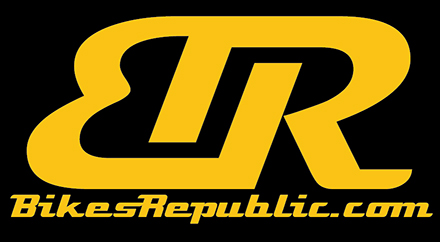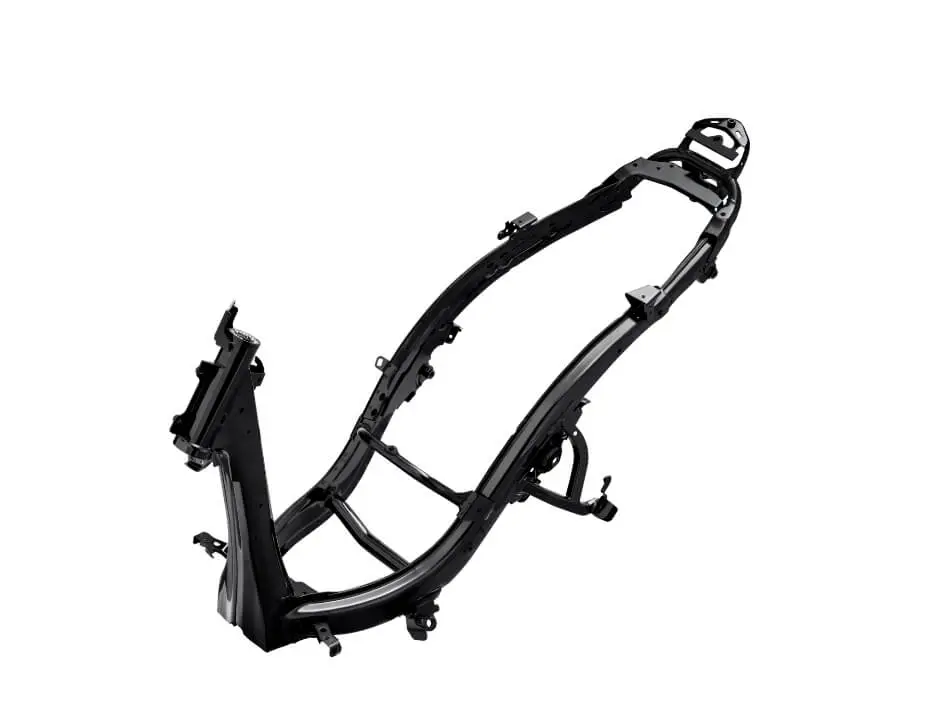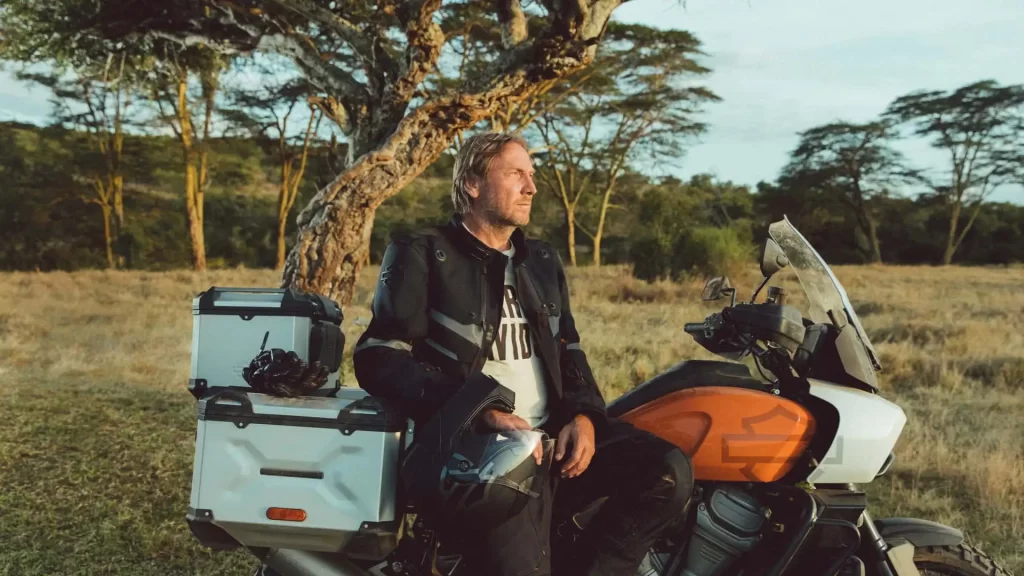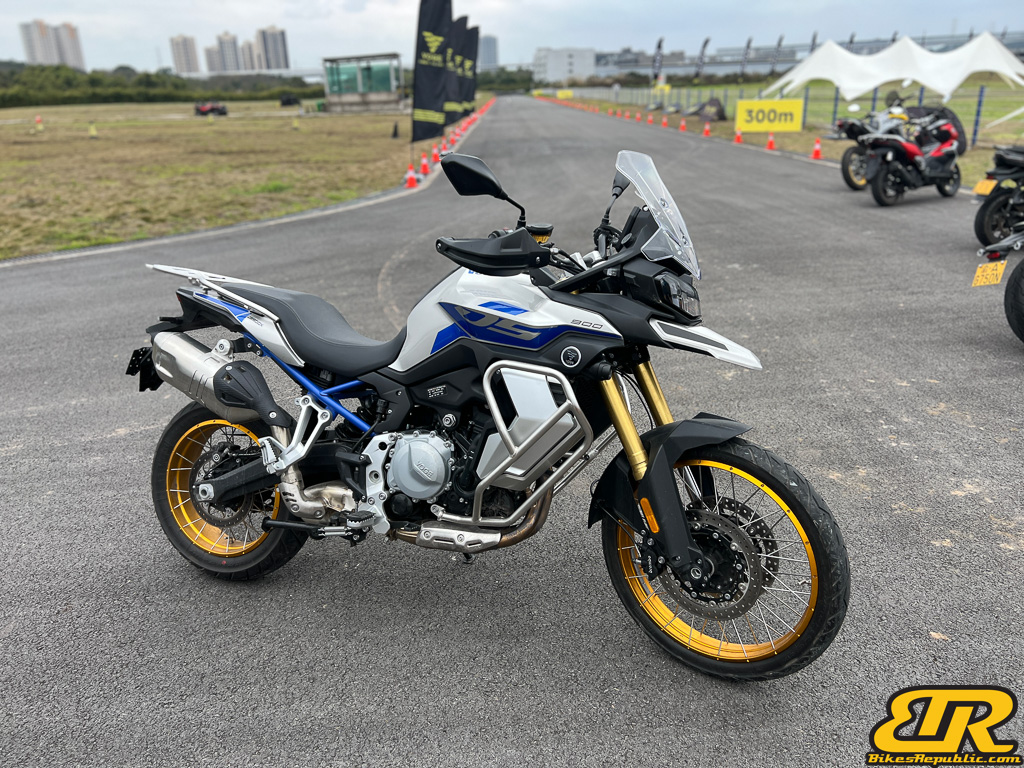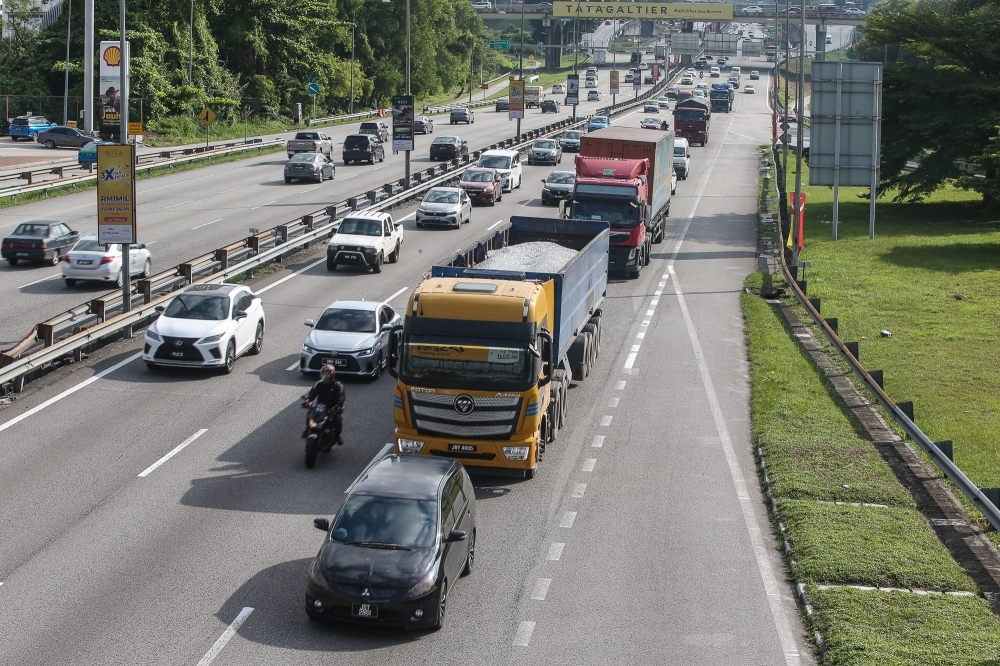There was much noise when the 2025 Honda CB650R E-Clutch was launched. The ‘complaints’ were not about the bike per se, but they were about the new Honda E-Clutch system.
To rehash the E-Clutch system provides the features of an automatic gearbox. Now, netizens, upon hearing the word “automatic,” most probably jumped to the conclusion that the CB650R and its CBR650RR are now equipped with CVTs (constantly variable transmission) like scooters, since there is no mention of the DCT (Dual-Clutch Transmission).

On another hand, so-called “purists” question why is there a need for automatic transmission on big capacity motorcycles.
These arguments true show how we as humans can be conflicted sometimes. On one side of the scale, we love new technologies. And on the other side, we are afraid of changing paths from convention, be it the most mundane. It also highlights the pitfalls of social media because all the comments about a certain subject – which in this case is about the Honda E-Clutch – has not even been launched in Malaysia so no one had actually ridden the bike to experience it firsthand. Sheesh.

Okay, okay, let us get back to the bike.
What is the 2025 Honda CB650R E-Clutch?
The Honda CB650R naked bike and the CBR650R sportbike were launched back in 2020, as the successor to the CB650F and CBR650R, respectively, which ran from 2014 to 2019. The CB650F, on the other hand was the successor to the long-running and supremely popular CB600F. So, throughout its history, this model lineage was powered by an inline-four engine.
Then, in 2024, Honda launched the current CB650R and CBR650R E-Clutch, before reaching our shores this year.

Apart from the clutch, the current bike features several design updates:
- Horseshoe-shaped front LED Daytime Running Light (DRL).
- Reshaped air intake funnels on both sides of the fuel tank (although these are decorative).

- A USB Type-C charging port.
- New TFT screen with multimedia and navigation, connected through the Honda RoadSync phone app.

Other features
- 649cc, DOHC, inline-four, producing 93.8 HP (70 kW) at 12,000 RPM and 63 Nm at 9,500 RPM.
- Engine power is transmitted through a manual multi-plate wet clutch, with the E-Clutch feature.

- Front suspension consists of 41mm Showa Separate Function Fork – Big Piston (SFF-BP) USD forks.
- Rear suspension consists of a monoshock damper with 10 stage adjustable preload.

- Braking duty is handled by twin 310mm rotors gripped by radially-mounted four-piston Nissin calipers up front, and a single 240mm disc at the back.
- Dual-channel ABS is standard.

How does the E-Clutch Work?
We are not going to into the in-depth technical stuff here, instead we will talk about how the Honda E-Clutch works for us, the riders. Let us start by doing some comparisons.
On a kapcai without a manual clutch:
We only need to tap the gear lever into gear and open the throttle to get moving. And, we tap on the lever again when we want to change gears, up or down. We do not need to change the neutral (‘N’) i.e. ‘free gear’ when we stop.
The engine does not cut out when we stop in any gear.
On a motorcycle with a clutch lever:
We need to pull in the clutch, tap the gear lever to select a gear, then slip our the clutch lever to get going. While on the move, each gear change thereafter must be performed after pulling in the clutch lever and releasing it to complete the change.
Fitting a quickshifter allows us change gears without using the clutch lever while the motorcycle is moving.

When we stop, we need to either put the transmission into ‘N’ or hold in the clutch lever if the transmission is still in gear. Releasing the clutch lever while the bike is idling in gear will result in the engine stalling.
Now, Honda engineers got to thinking of combining these two attributes into one large capacity motorcycle, and it results in the E-Clutch. It essentially turns the bike into a large kapcai.

On the the CB650R E-Clutch
- Start the engine.
- DO NOT TOUCH THE CLUTCH LEVER.
- Click into 1st gear (or 2nd).
- Shift gears as usual, like a bi-directional quickshifter.
- DO NOT pull the clutch lever when you come to a stop, regardless of gear position, whether N, 1st, 2nd, 3rd, or whatever gear.
- You will notice that the clutch lever goes limp like it has a loose cable when idling in ‘N’.
Riding the 2025 Honda CB650R E-Clutch
If there was only ONE feature that we absolutely loved about this range of bikes, is the engine’s torque. On virtually all the sub-700cc inline-four bikes that we rode previously, their engines were gutless below 6,000 RPM. They screamed, they howled, but only truly got going much later. But not the CB/CBR650’s engine: The bike leapt off the line and just kept pulling as if it was a triple (inline-three), accompanied by a throaty roar er… again, like a triple’s. Need punch to overtake on the highway? Just open the throttle in 6th gear and the bike takes off.

We have reviewed the previous CB650R and we are happy to report that its agility and ease of handling remains. The bike is eager to change directions, without being unstable on straight roads.
Corners were easily handled as the bike leaned and leaned as much as we wanted it to even at very high speeds, and it never once ran out of cornering clearance. It seemed that the peg feelers were superfluous.

The seating position was very comforting for us. The reach to the handlebar was slightly further than on most naked bikes, as the platform is shared with the CBR650R sportbike, but it put us in a sportier crouch. This ‘sportier crouch’ allowed us to put more weight on the front tyre resulting in better handling, and also to overcome windblast.
Speaking of windblast, the most comfortable speeds for naked bikes are usually around 130-140 km/h, but we were able to ride comfortably at 150-160 km/h while sitting upright. All thanks to that riding position – well done, Honda!

The Showa SFF-BP forks do play a huge role here as they absorb road irregularities so well, so much so that you do not feel like you have just ran over Mariana Trench or Mount Everest every time you hit a pothole or bump.
The rear monoshock’s damping seems to be improved, too. It is now stiffer and has 10 levels of preload adjustment, and we needed to only increase it by 3 steps to compensate for our weight. By comparison, we had complained that the previous model’s monoshock was too soft, causing the rear to squat, consequently moving the bike’s balance to the rear, and causing instability up front. We overcame this by cranking the preload adjustment to maximum to put more weight onto the front tyre, but it resulted in a harsh ride at the rear.

Brakes were super strong too! There is so much bite that we bet that the other road users had a mild panic seeing us brake sooooo late.
Testing the Honda E-Clutch feature:
We have to admit that testing the E-Clutch the first time was a little er… stressful. But that was only because we consciously knew it was there. We had to remind ourselves each time: “DO NOT TOUCH THE CLUTCH!” before we tapped it into 1st gear. It was kind of weird for ourselves because we always remembered to tap it into 1st on clutchless kapcais without fear of the engine cutting out, but here we are, feeling the trepidation on a big bike.
However, it was so easy once we got used to it, by ignoring the clutch lever altogether and pretending it did not exist like a DCT-equipped bike.

As we got moving, shifting gears was a pleasant affair, like going through the gears with a quickshifter.
Of course, we did pull in the clutch once a while, especially when traversing speed bumps which resulted in the E-Clutch resorting to manual mode. But the system will revert back to automatic after some delay and shifting without clutch.

The system also allows the rider to customise how much foot pressure is needed to engage gears for each the upshift and downshift parametres. There are three levels: SOFT, MEDIUM, HARD. It started in MEDIUM but I preferred to set both to SOFT.
The feature made riding the bike in traffic so easy. All you had to do was modulate the throttle and the system does its thing. We even experimented by riding in much taller gears in traffic i.e. 5th and 6th, but the system, plus the engine’s torque kept it from stalling.

But get this: Automatic gearboxes has a lag when you slam on the accelerator, right? Not so with the E-Clutch. The bike took off like it had Launch Control, keeping the clutch slipping just right for optimal acceleration without letting the front wheel loop over backwards.
Impressive. Very impressive.

We hear what netizens say, “But, but, but what if the E-Clutch glitches out? Does that mean I can’t shift gears anymore or the bike can’t move?”
The answer is the Honda E-Clutch will revert to a fully manual mode if that happens, so you will still get to the nearest workshop or home.

Conclusion
The 2025 Honda CB650R E-Clutch was a hoot to ride, ever more so with the new feature. We ourselves were thinking if the system was necessary before we rode it, but came away impressed.
Honestly, the bike does not truly need the E-Clutch because it is already a great platform, but having it opens up a new dimension in riding, making the daily commute and in fact, any ride easy.

On the product front, the E-Clutch distinguishes the CB/CBR650 lineup from their peers. It was Honda who first developed and introduced this system successfully before their competitors did so.
The bike retails at RM47,999 (not on-the-road). Check it out at the nearest Honda Big Wing showroom.

Photo gallery
